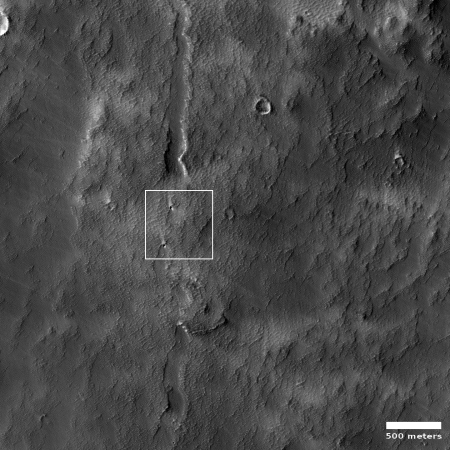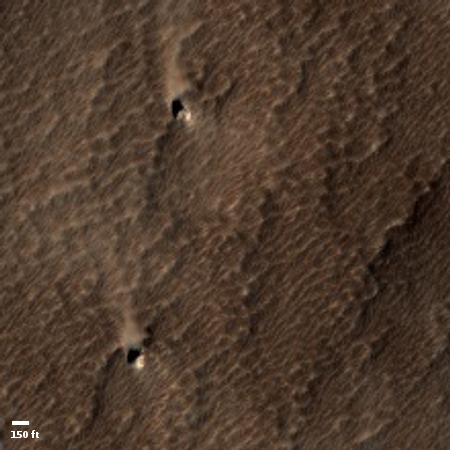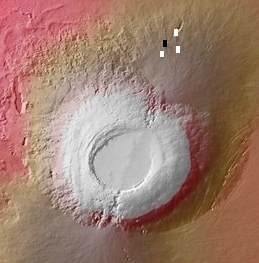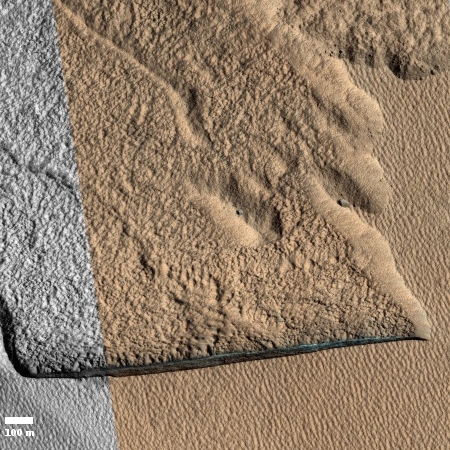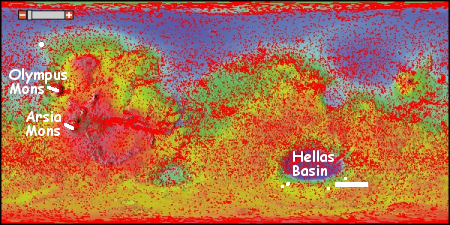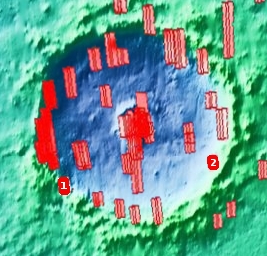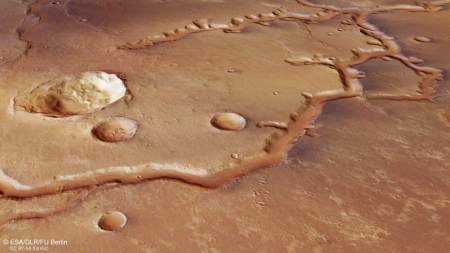Preparations begin for China’s next Long March 5 launch
China has apparently begun preparations for a long-delayed third and critical Long March 5 launch by the end of this year.
Two cargo transport ships left port on the Yangtze river late Friday Eastern for the northern city of Tianjin. They are expected to collect components of a third Long March 5 heavy-lift launch vehicle, which has been grounded since a 2017 launch failure.
After expected arrival Oct. 15 and subsequent loading, Yuanwang-21 and 22 ships will deliver the rocket to the island province of Hainan. Launch preparations requiring about two months will then commence at the Wenchang Satellite Launch Center.
Without this rocket, which is the world’s second most powerful after the Falcon Heavy, China cannot build its space station or launch either of its 2020 Mars orbiter or its Chang’e-5 lunar sample return mission.
The rocket’s failure on its second launch in July 2017 occurred because of an engine failure that required a major redesign. Since much of China’s space technology is initially stolen from others, it does not surprise me that they had problems. When you steal this kind of technology, rather than develop it yourself, your engineers might not fully understand it to the degree necessary to make it work.
At the same time, the track record of China’s engineers in eventually figuring out how their stolen technology works and even improving it has been very good. I would expect this December launch to be successful.
China has apparently begun preparations for a long-delayed third and critical Long March 5 launch by the end of this year.
Two cargo transport ships left port on the Yangtze river late Friday Eastern for the northern city of Tianjin. They are expected to collect components of a third Long March 5 heavy-lift launch vehicle, which has been grounded since a 2017 launch failure.
After expected arrival Oct. 15 and subsequent loading, Yuanwang-21 and 22 ships will deliver the rocket to the island province of Hainan. Launch preparations requiring about two months will then commence at the Wenchang Satellite Launch Center.
Without this rocket, which is the world’s second most powerful after the Falcon Heavy, China cannot build its space station or launch either of its 2020 Mars orbiter or its Chang’e-5 lunar sample return mission.
The rocket’s failure on its second launch in July 2017 occurred because of an engine failure that required a major redesign. Since much of China’s space technology is initially stolen from others, it does not surprise me that they had problems. When you steal this kind of technology, rather than develop it yourself, your engineers might not fully understand it to the degree necessary to make it work.
At the same time, the track record of China’s engineers in eventually figuring out how their stolen technology works and even improving it has been very good. I would expect this December launch to be successful.



